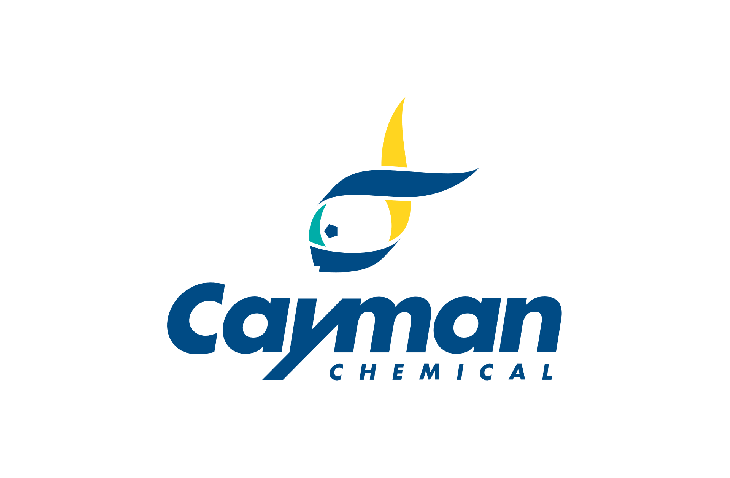-
Research area
- Biochemicals
- Blood and Biospecimens
- Cell biology
- Environmental
- Flow Cytometry
- Forensic Science
- Genomics
- Immunology
- Labware
- Microbiology
- Pathology
- Transplantation
429 Too Many Requests 429 Too Many Requests
nginx - Products
- Suppliers
- About us
- Resources
- Events
- Support
- Lab Services
- Promotions
Product description
Severe acute respiratory syndrome coronavirus 2 (SARS-CoV-2) is an enveloped positive-stranded RNA virus, a member of the Betacoronavirus genus, and the causative agent of COVID-19.{53462,53459,53461,55257,55258} The SARS-CoV-2 spike glycoprotein, also known as the surface glycoprotein, is located on the outer envelope of the virion.{53462} It is composed of an S1 and S2 subunit divided by a furin S-cleavage site not found in other SARS-CoVs.{46767,49561} The S1 subunit contains the receptor-binding domain (RBD), which binds to the carboxypeptidase angiotensin-converting enzyme 2 (ACE2), and the S1 and S2 subunits are cleaved by the protease TMPRSS2 to facilitate viral fusion with the host cell membrane.{49542,49536,49558} In this way, ACE2 acts as the functional receptor for SARS-CoV-2. The SARS-CoV-2 spike glycoprotein S1 subunit induces inflammatory gene expression in the frontal cortex, hippocampus, and hypothalamus, as well as activates toll-like receptor 2 (TLR2) and TLR4 signaling and increases social avoidance in the juvenile social exploration test in rats.{65535} SARS-CoV-2 infection can result in the production of neutralizing antibodies, which bind to the SARS-CoV-2 spike RBD preventing further viral entry and infection, starting approximately 4-10 days after symptom onset.{55337,55338} Cayman’s SARS-CoV-2 Spike Glycoprotein S1 Subunit Neutralizing Monoclonal Antibody (Clone 43) disrupts the spike glycoprotein S1 subunit-ACE2 interaction and can be used for ELISA, flow cytometry (FC), and immunohistochemistry (IHC; paraffin) applications, as well as microneutralization (MN) assays.
Specifications
Applications
FC, ELISA
Host
Mouse
Clone
43
Isotype
IgG1
Supplier
Cayman Chemical
Shipping & storage
Shipping condition
Dry Ice
Storage temperature
-80°C
Do you have any questions about this product?
Order your product by email
Productname
SARS-CoV-2 Spike Glycoprotein S1 Subunit Neutralizing Monoclonal Antibody (Clone 43)
31999-100
By filling out this form, you are placing an order by e-mail. You will receive an order confirmation within one working day. The order cannot be modified after receipt of the order confirmation.
Request a sample
Productname
SARS-CoV-2 Spike Glycoprotein S1 Subunit Neutralizing Monoclonal Antibody (Clone 43)
31999-100
By filling out this form, you request a sample. You will receive an order confirmation within one working day. The order cannot be modified after receipt of the order confirmation.
Are you looking for specific products, alternatives or documentation?











